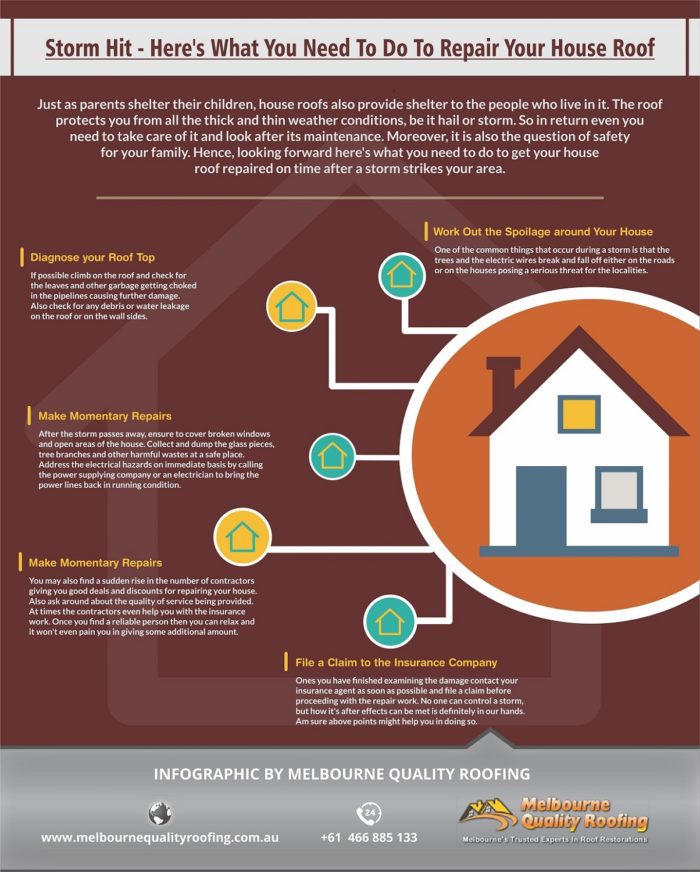Contrast Of Solar Energy And Traditional Power Resources: An In-Depth Evaluation
Contrast Of Solar Energy And Traditional Power Resources: An In-Depth Evaluation
Blog Article
Authored By-Nicolajsen Creech
When examining the viability of solar energy versus standard energy sources, you might find yourself considering the long-lasting sustainability and impact on your funds. The complex balance in between first expenses, ongoing costs, and environmental ramifications raises crucial questions concerning the future of power generation. As you navigate through the complexities of this contrast, a much deeper understanding of the subtleties in cost-effectiveness, environmental stewardship, and power protection awaits exploration.
Cost-Effectiveness Contrast
When comparing the cost-effectiveness of solar energy with standard power resources, it becomes obvious that first investment differences play a crucial function in figuring out long-term financial savings.
While solar energy systems require a higher in advance financial investment for setup and tools, they use substantial long-lasting benefits that can surpass the initial costs. The essential depend on comprehending that solar power systems have marginal ongoing operational and upkeep costs compared to typical power sources like fossil fuels.
By investing in solar power, you can possibly reduce energy bills over the system's lifespan. In addition, with advancements in modern technology and lowering setup expenses, solar energy has actually come to be extra available and budget friendly for property owners and companies alike. These financial savings can build up in time, providing a return on investment that exceeds typical energy sources.
Furthermore, solar energy systems supply the benefit of energy freedom and stability against rising and fall energy costs. By using the power of the sunlight, you contribute to a cleaner setting and decrease your carbon impact. Welcoming solar power not only benefits your pocketbook yet also the world in the future.
Environmental Impact Analysis
Solar energy offers an appealing choice to traditional energy sources due to its substantially lower environmental effect. Unlike sun energy solar company that emit dangerous greenhouse gases and add to air contamination, solar power generates electrical power without producing any kind of emissions.
The process of harnessing solar energy involves catching sunlight with photovoltaic panels, which doesn't release any type of toxins into the environment. This absence of discharges helps in reducing the carbon impact connected with power manufacturing, making solar power a cleaner and more lasting choice.
In addition, making use of solar energy contributes to conservation efforts by reducing the need for finite resources like coal, oil, and gas. By relying on the sunlight's bountiful and renewable resource resource, we can assist protect natural habitats, safeguard environments, and alleviate the negative influences of source extraction.
Reliability and Energy Landscape Assessment
For a detailed evaluation of reliability and the power landscape, it's essential to examine how solar energy compares to standard resources. Solar energy is gaining ground as a trusted and sustainable energy resource. While you could try these out like coal, oil, and gas have been traditionally dominant, they're limited and add to environmental destruction.
Solar power, on the other hand, is bountiful and sustainable, making it a more lasting alternative in the long run.
In terms of reliability, solar power can be based on weather and sunlight availability. Nevertheless, developments in innovation have resulted in the development of energy storage space remedies like batteries, enhancing the integrity of solar energy systems. Standard resources, on the contrary, are susceptible to rate fluctuations, geopolitical tensions, and supply chain disruptions, making them much less dependable in the long term.
When assessing the energy landscape, solar power provides decentralized power manufacturing, minimizing transmission losses and boosting energy safety. Conventional resources, with their centralized nuclear power plant, are much more vulnerable to disturbances and need extensive infrastructure for circulation.
Final thought
To conclude, when comparing solar energy to standard energy resources, it is clear that solar power offers an affordable, eco-friendly, and dependable option. With marginal functional expenses, possible financial savings on utility expenses, and a dramatically reduced environmental impact, solar power is ending up being an extra lasting and safe option. Embracing solar power can help in reducing greenhouse gas discharges and add to conservation initiatives, making it an engaging option for the future.
